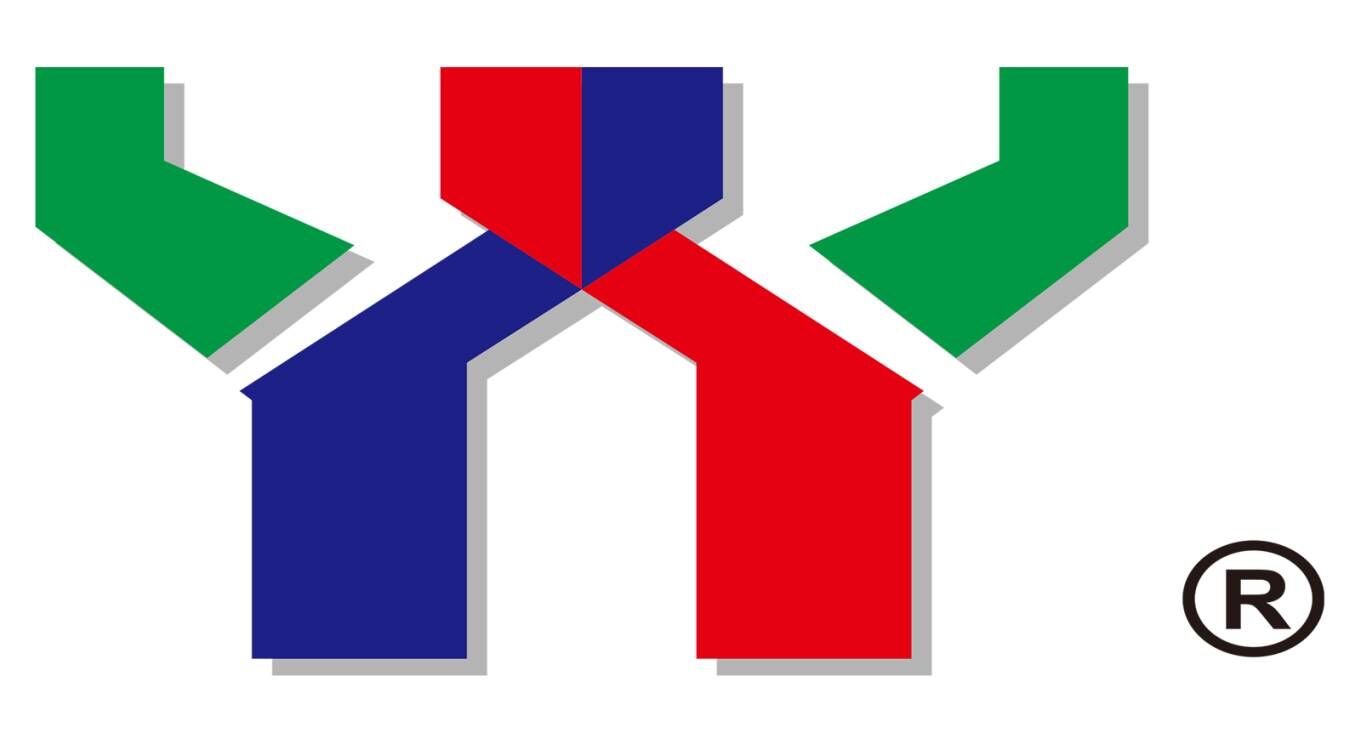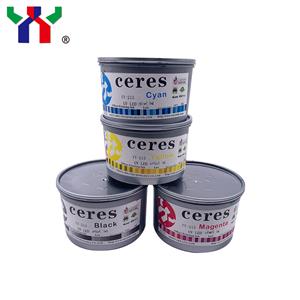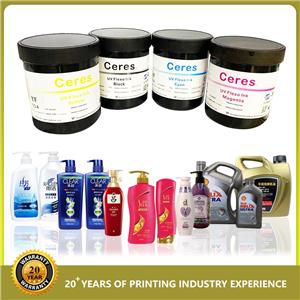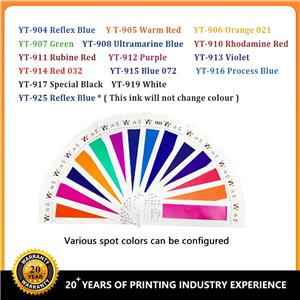Influence of LED-UV Curing Technology on Printing UV LED Inks
LED-UV curing technology
LED-UV curing technology has the characteristics of constant light intensity, excellent temperature control, portable and environmental protection, relatively low procurement cost and almost zero maintenance cost, which has played a role in improving the quality of UV curing process and saving energy and reducing consumption. push.
Compared with the traditional UV curing equipment, the service life of the mercury lamp is only 800 hours to 3000 hours, and the service life of the UV LED UV curing system reaches 20,000 hours to 30,000 hours. The LED method can only light up instantaneously when ultraviolet rays are needed. When DUIY=1/5 (preparation time=5 irradiation time=1), the service life of the LED method is equivalent to 30 times to 40 times that of the mercury lamp method. Reduced bulb replacement time: increased productivity while also being very energy efficient. When the traditional mercury lamp curing equipment is working, due to the slow start of the mercury lamp and the influence of the opening and closing of the lamp life, it must be lit all the time, which not only causes unnecessary power consumption but also shortens the working life of the mercury lamp.
In recent years, the industry has developed LED-UV light sources. Due to lower energy consumption and higher curing efficiency, LED-UV curing technology composed of matching LED-UV inks is becoming a "new favorite" for printing companies to achieve energy saving and environmental protection.
LED-UV light source
1. Advantages
(1) The energy consumption is lower, the effective luminous efficiency is high, and the energy consumption can be reduced by 70% to 80%.
(2) No ozone is generated during the curing process, and the LED-UV light source does not generate short-wave ultraviolet light, so no ozone is generated during the curing process, and there is no need to install auxiliary devices such as deodorant devices or exhaust ducts, which can maintain a clean working environment. , which makes LED-UV curing devices available in factories with dense surrounding buildings.
(3) The flexibility is higher. The LED-UV light source adopts a point light source, and the irradiation range can be set according to the size of the paper.
(4) The light can be turned on (off) instantly. The traditional UV light source needs to be preheated for 1 minute before it can be turned on, and it can be turned off after 4 minutes of cooling. In order to improve work efficiency, many operators usually keep the UV light source on, resulting in a lot of waste. The LED-UV light source can be turned on instantly during printing, and the work efficiency is greatly improved.
(5) The heat generation is small, the photoelectric conversion efficiency of the LED-UV light source is high, and the surface temperature of the lamp tube is only about 60 °C, which can effectively prevent the printed product from shrinking and deforming due to overheating, so as to achieve high overprinting accuracy.
(6) Long service life, the service life of LED-UV light source can be as high as 20,000 hours to 30,000 hours, which is more than ten times that of existing high-pressure mercury lamps and metal halide lamps (1500 hours), which can greatly reduce the number of light source replacements.
2. Limitations
(1) The irradiation intensity is weak. If the printing speed is too fast, it is easy to cause incomplete curing of the ink.
(2) Only long-wave ultraviolet light can be emitted, but short-wave ultraviolet light cannot be emitted, so it is not conducive to the curing of UV varnish.
(3) The price of LED-UV light source is high.
(4) It is difficult to transform the existing printing machine, because the LED-UV light source has a short irradiation distance and must be irradiated with the surface of the printing material at a close distance to ensure the good curing of the ink, so the transformation of the existing printing machine has brought great inconvenient.
LED-UV ink
In order to make the LED-UV ink fully cured under the LED-UV light source, the raw materials must be strictly screened during the development of the LED-UV ink.
1. Photoinitiator
There are few photoinitiators that react to the ultraviolet light emitted by the LED-UV light source, so it is necessary to select photoinitiators with excellent reaction performance.
The photoinitiator of the LED-UV ink not only needs to have a strong absorption force for the narrow-band ultraviolet light energy emitted by the LED-UV light source, but also must realize the simultaneous curing of the surface and the interior of the ink layer. Therefore, when selecting the photoinitiator of the LED-UV ink, it should be ensured that the photoinitiator has the best absorption characteristics at the specific wavelength of the LED-UV light source, and at the same time, the photoinitiator combination with the best ratio should be developed. In order to absorb the limited ultraviolet light energy as much as possible. Especially for transparent varnishes, it is necessary to find a photoinitiator that can balance the yellowing and curability of varnishes within the range of limited types of photoinitiators.
2. Pigments
In offset printing production, we usually use the color sequence of "black→cyan→magenta→yellow" for overprinting. The first black ink can only pass through the ultraviolet light that has become weak after passing through the cyan, magenta and yellow inks. However, the pigment in the ink film easily absorbs ultraviolet light, so it is usually difficult for the ultraviolet light to reach the interior of the ink layer, resulting in incomplete ink curing. For ordinary UV light sources, since the spectrum contains short-wave ultraviolet light, the deep curing of the ink layer is ideal; for LED-UV light sources, since it emits only long-wave ultraviolet light and the wavelength is relatively single, if the pigment in the ink is used If the absorption wavelength coincides with it, the curing performance of the ink will deteriorate. Therefore, compared with ordinary UV inks, LED-UV inks must use pigments with the best penetration (least absorption) for the specific wavelength of the LED-UV light source used, which is one of the key factors in the development of LED-UV inks. At the same time, using pigments with better coloring ability, increasing the ink color concentration, and reducing the amount of ink on printing (so as not to affect the curing effect due to the thick ink layer) is also an effective means to improve the curing performance of LED-UV inks.
In addition, since LED-UV ink can be cured by visible light with a relatively close wavelength band, strict light filtering treatment is required in the workshop during the production process. At the same time, when grinding and dispersing raw materials, it is also necessary to strictly control the temperature of the workshop, so as not to affect the performance of the ink due to excessive temperature.




